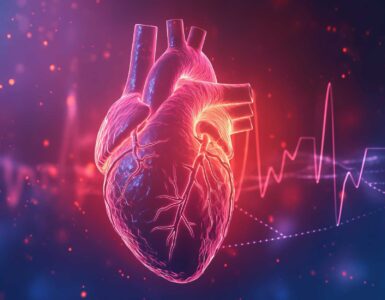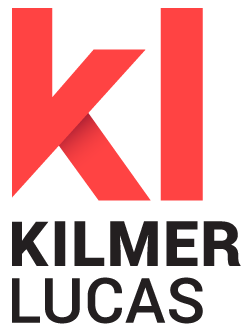By Melane Sampson

Closely-held MOBILion Systems is redefining analytical characterization through its next-generation separation science platform that is integrated with high-resolution mass spectrometry to achieve unprecedented throughput while significantly enhancing sensitivity and accuracy.
“MOBILion is pioneering the highest level of next generation separation science, replacing slow, inefficient lossy quadrupole isolation—which has not changed in more than 30 years—with the unparalleled speed and peak capacity of high-resolution ion mobility (HRIM) separation,” Melissa Sherman, Ph.D., CEO of MOBILion says in an interview with BioTuesdays.
“We are very excited about this innovative approach, which we’ve been building toward since our inception. It promises to redefine the industry for decades to come and open doors to untold scientific discoveries across countless disciplines,” Dr. Sherman added.
MOBILion is commercializing best-in-class analytical instruments, with the newest platform initially focused on proteomics applications. These instruments utilize digital separations to more accurately and efficiently characterize complex molecules. “Our SLIM technology—an acronym for structures for lossless ion manipulation—is the driving force behind our HRIM separations,” Dr. Sherman says.
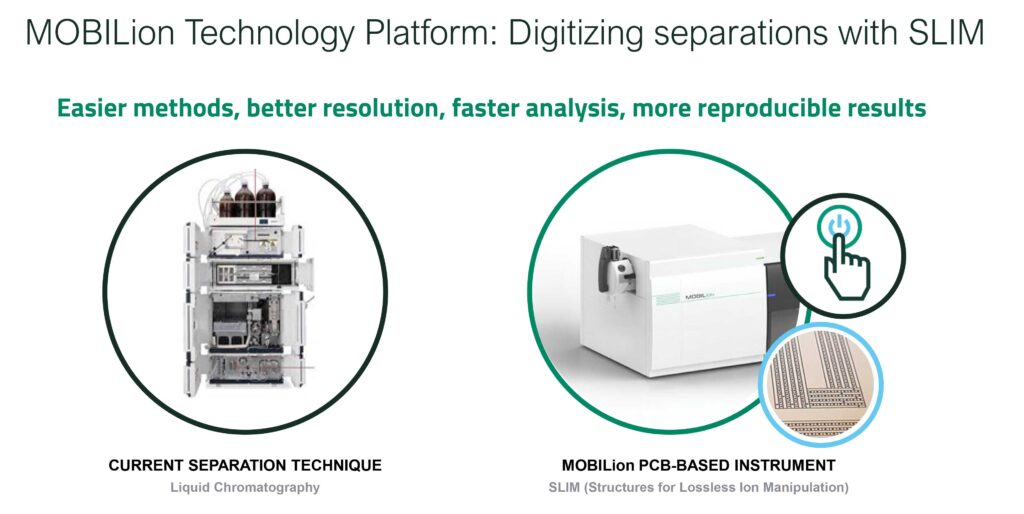
Initially developed by world-renown scientist Dr. Richard D. Smith, SLIM separation technology applies electric fields to electrodes on conventional parallel printed circuit board surfaces to create ion conduits that can separate and manipulate ions losslessly. Lossless ion manipulation is a revolutionary technology that enables robust biological analysis from minute sample quantities. MOBILion is the exclusive commercial licensee of SLIM technology.
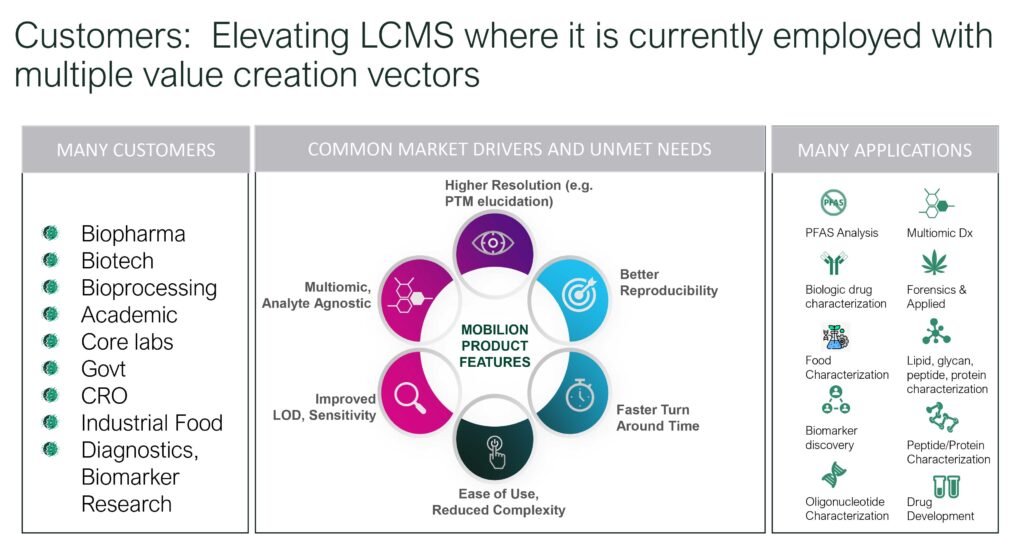
A white paper describes the company’s latest product in its development pipeline: a SLIM-based HRIM technology called PAMAF (parallel accumulation with mobility-aligned fragmentation). It enables fragmentation analysis at unprecedented speeds, increasing throughput five-fold, detecting low-abundance signals near 100% ion utilization efficiency, and providing unmatched precision in the identification of complex biomolecules.
“SLIM separation technology causes ions to turn corners, not just travel straight, enabling a single-pass flight path up to 13 meters, providing resolving powers of >250 that can distinguish differences as small as 0.2% in collision cross section values, revealing what other instruments leave unseen,” Dr. Sherman explains.
According to Dr. Sherman, MOBILion’s MOBIE platform, its first commercial product for targeted applications, marked the initial demonstration of SLIM technology’s capabilities. “This new approach is a step change advance that will have far-reaching implications for proteomics research, potentially enabling new types of experiments and insights that were previously impractical or impossible due to technological limitations,” she says.
Dr. Sherman emphasizes that MOBILion is unique in that it is unusual to have access to productizing and commercializing a platform technology—in particular, one with an instrument core that has an almost endless number of design combinations. “Seismic changes in the fundamental operational modes and platforms of mass spectrometry are rare, and we believe the implementation of our unique technology in this operation mode represents the beginning of the next 15 to 20 years of mass spectrometry product development,” she asserts.
The company boasts a robust product portfolio ranging from commercialized products to confidential solutions for the most challenging characterization needs within the liquid chromatography-mass spectrometry (LC-MS) space. The $6 billion LC-MS industry produces thousands of instruments sold annually across life sciences, pharmaceutical, drug and biology characterization, and environment and food testing. However, MOBILion’s SLIM technology is revolutionizing the field.
“LC-MS is the gold standard for molecular characterization downstream of DNA and genomics. However, today’s quadrupole systems capture only between one and 20% of ions of interest. By contrast, our high-resolution separations with our printed circuit board technology utilizes 100% of the ions before fragmentation. There hasn’t been a significant market disrupter to address deficiencies or improve the high resolution LC-MS market of this magnitude until we came along,” Dr. Sherman contends.
MOBILion’s technology addresses the limitations of speed, specificity, and complexity in LC-MS to improve and simplify workflows. “Classical LC separation techniques have not kept up with characterization advancements. They arecomplex, cumbersome instruments requiring highly skilled Ph.D., analytical scientists—or what are often referred to as LC magicians— to operate them consistently,” Dr. Sherman points out.
“In contrast, we’ve digitized separations using printed circuit boards. By replacing the plumbing, solvents, and tubing of the classical LC systems with a printed circuit board format, we apply electronic voltages to drive separations,” she adds.
Because MOBILion’s approach is fully digital and electronically driven, it is easily standardized and automated. The technology is also analyte-agnostic, capable of handling glycans, lipids, peptides, and metabolites on the same hardware without requiring component changes.
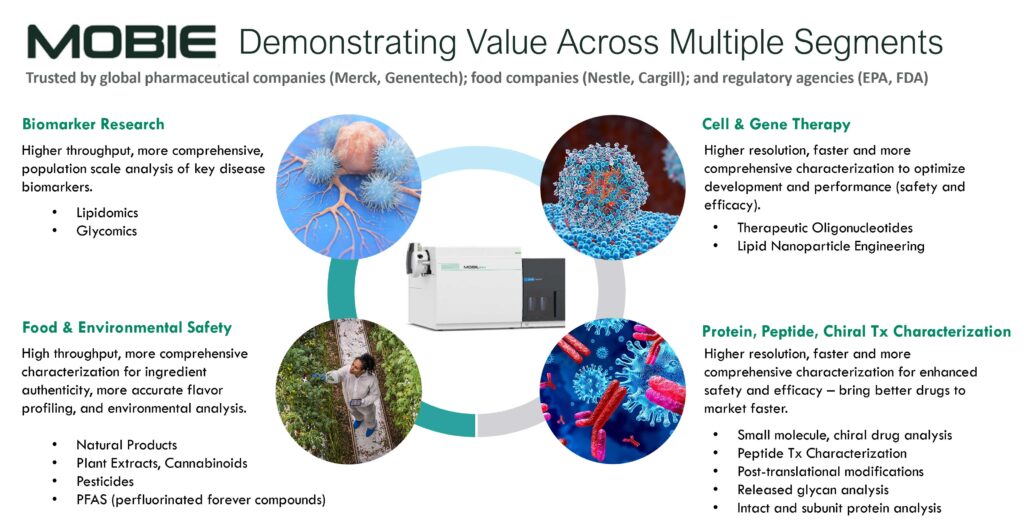
Moreover, method development is faster, and methods can be seamlessly transferred between instruments and laboratories—unlike traditional LC systems. “We can download methods directly to a customer’s instrument, enabling immediate operation,” Dr. Sherman explains. Additionally, the gas-phase kinetics of MOBILion’s technology separates samples in milliseconds to minutes, compared to minutes to hours with liquid-phase LC.
“It is truly intelligent technology. It manipulates ions to optimize and improve the quality of analytical results—this has never been done before,” she adds.
The compact and mobile nature of MOBILion’s instruments significantly expands its accessibility to a wider range of users. “Our automated approach enables us to bring a high-quality separation platform to settings where it was previously unavailable, enabling technicians—not just Ph.D. scientists—to operate the system and perform a high-resolution separation MS workflow,” Dr. Sherman says.
The platform’s throughput advantage is transformative for various applications. For instance, in predicting, diagnosing, and treating disease, where scientists analyze biochemical changes between health and disease states, traditional population-scale studies require thousands of hours per sample. MOBILion’s technology completes this analysis in just minutes. “Not only is it faster, but it captures 100% of ions of interest, ensuring that no key differences are missed,” Dr. Sherman adds.
“Imagine how much faster drug discoveries are going to be with this technology,” Dr. Sherman concludes. “We are shifting the paradigm of possibilities in analytical chemistry, pushing the boundaries of speed, depth, and accuracy in characterization. It’s a new frontier and we are very excited to be leading the charge.”
• • • • •
To connect with MOBILion Systems or any other companies featured on BioTuesdays, send us an email at editor@biotuesdays.com.



